DNVN - To maintain competitiveness in the international market, Vietnamese businesses need to plan to reduce carbon emissions. This will not only help overcome trade barriers but also affirm their reputation and position in the global green economy.
Pressure from trade barriers
Speaking at the event "Green Economy Forum: Economic Development in the Context of Climate Change" this morning, November 26, Dr. Nguyen Quoc Viet, Deputy Director in charge of the Vietnam Institute for Economic and Policy Research (VEPR), said that Vietnam is among the countries with the highest CO2 emissions per GDP ratio in Asia. The energy, transportation and industrial sectors are "hotspots" of emissions, accounting for a large proportion of the country's total greenhouse gas emissions.
The commitment to achieve net zero emissions by 2050 poses a huge challenge, requiring Vietnam to reduce carbon emissions by up to 78% through green transition strategies. Currently, the contribution of the green economy is only about 1.8% of GDP, but the target is to reach 3.3-3.5% of GDP by 2030.
To achieve these goals, the Ministry of Industry and Trade has initiated programs to calculate the emission levels of each industry. This is an important first step to establish emission reduction indicators and promote production transformation and greening of business activities.
In the context of increasing international focus on sustainable development, the CBAM mechanism was implemented by the European Union to control the carbon emissions of imported goods. This puts great pressure on exporting enterprises from Vietnam.
Thai businesses operating in Vietnam have also warned that without a consistent policy to meet CBAM requirements, Vietnam will not only lose export opportunities but also narrow its chances of attracting foreign investment. Failure to possess "green certificates" and not fully implementing ESG (Environmental, Social and Governance) criteria will cause businesses to lose credibility and face increased tax costs.
However, Dr. Nguyen Quoc Viet also emphasized that CBAM not only brings challenges but also opens up opportunities for Vietnamese enterprises to improve their capacity to integrate clean technology, expand markets and access demanding markets.
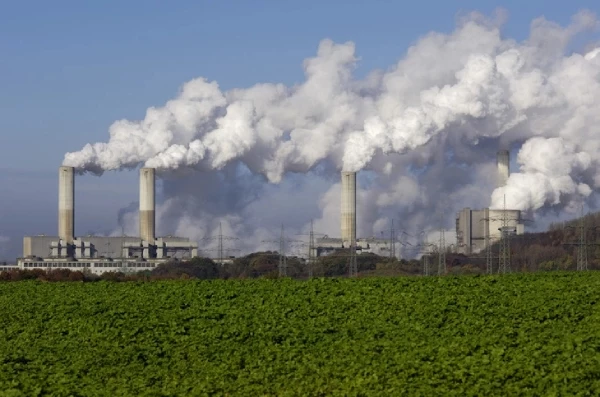
Opportunities and challenges
Although the long-term benefits of green economic development are undeniable, businesses face many challenges to realize this. High initial investment costs for technology and large financial pressures are the main barriers. Compliance with greenhouse gas emission reduction standards requires businesses to change processes, invest in technology and improve management capacity.
Mr. Ha Dong Son - Director of the Center for Energy and Green Growth Research expressed concern that Vietnam still does not have a "chief architect" to orient and organize the effective implementation of the green economy. According to Mr. Son, if businesses only deal with the requirements of a circular economy or green growth, it will be difficult to achieve sustainable success.
Green economic development is not only an option but has become a mandatory path for businesses to survive and develop in the international market. According to experts, a general strategy needs to be clearly developed, with long-term goals and specific solutions to help businesses overcome challenges.
Enterprises in industrial zones need to prioritize energy saving, own green certification and ensure full implementation of ESG factors. Cooperation with ministries and sectors to receive technological and financial support is also important.
Mr. Ha Dong Son believes that although the initial cost of green conversion is high, after 3-5 years, the sustainable values it brings will help businesses increase their competitive advantage. The most important thing is that businesses must be clearly aware of their responsibilities and benefits in this conversion process, thereby constantly improving and innovating to adapt to increasingly strict global standards.
Vietnam is at a critical crossroads in its journey towards sustainable development. In the context of increasing trade barriers, green transformation is not only a requirement but also an opportunity for businesses to improve their competitiveness and expand their markets. Only with a specific plan, proper investment and commitment can Vietnamese businesses firmly move forward on the path of greening production, contributing positively to the country's green economic development goals.
Duy Loc
Source: https://doanhnghiepvn.vn/kinh-te/giam-phat-thai-carbon-buoc-dem-vao-nen-kinh-te-xanh-toan-cau/20241126075612460



![[Photo] Third meeting of the Organizing Subcommittee serving the 14th National Party Congress](https://vstatic.vietnam.vn/vietnam/resource/IMAGE/2025/4/2/3f342a185e714df58aad8c0fc08e4af2)


![[Photo] Relatives of victims of the earthquake in Myanmar were moved and grateful to the rescue team of the Vietnamese Ministry of National Defense.](https://vstatic.vietnam.vn/vietnam/resource/IMAGE/2025/4/2/aa6a37e9b59543dfb0ddc7f44162a7a7)





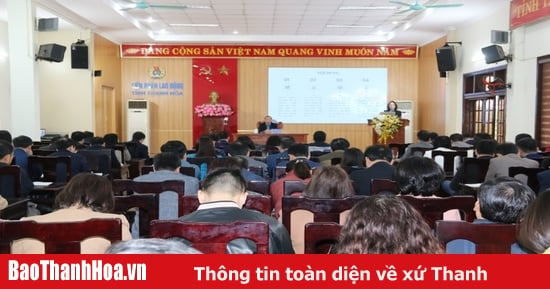









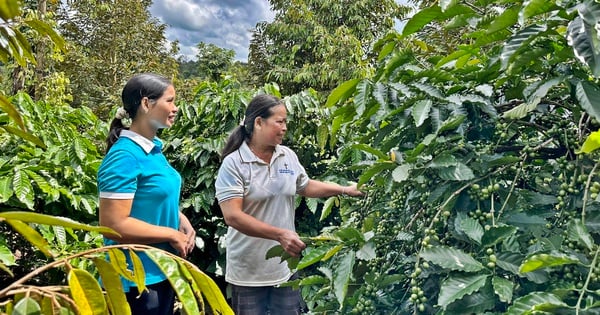
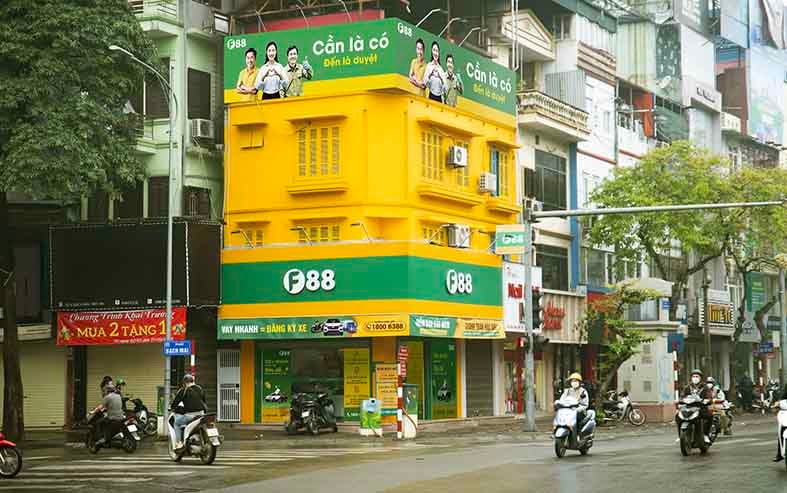





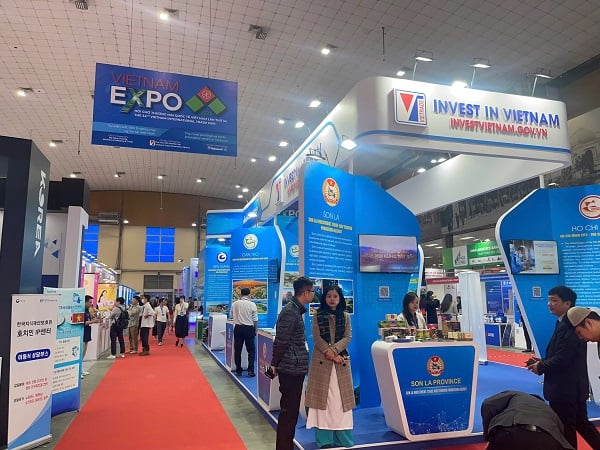















































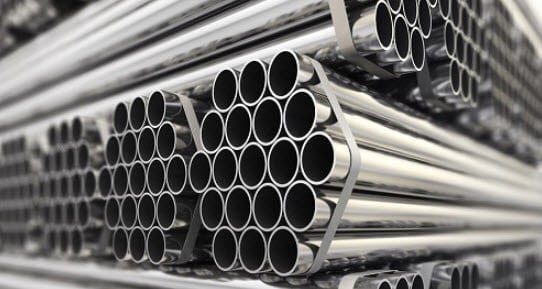





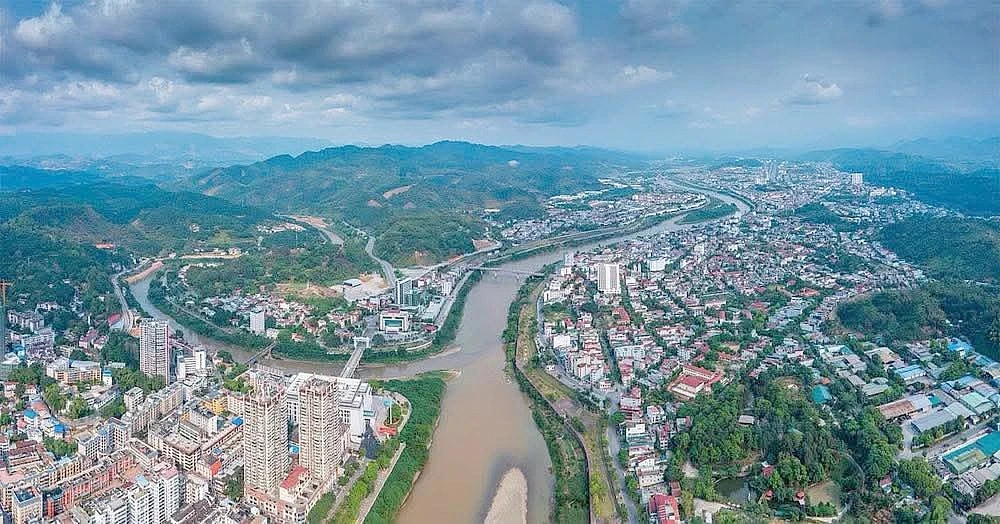
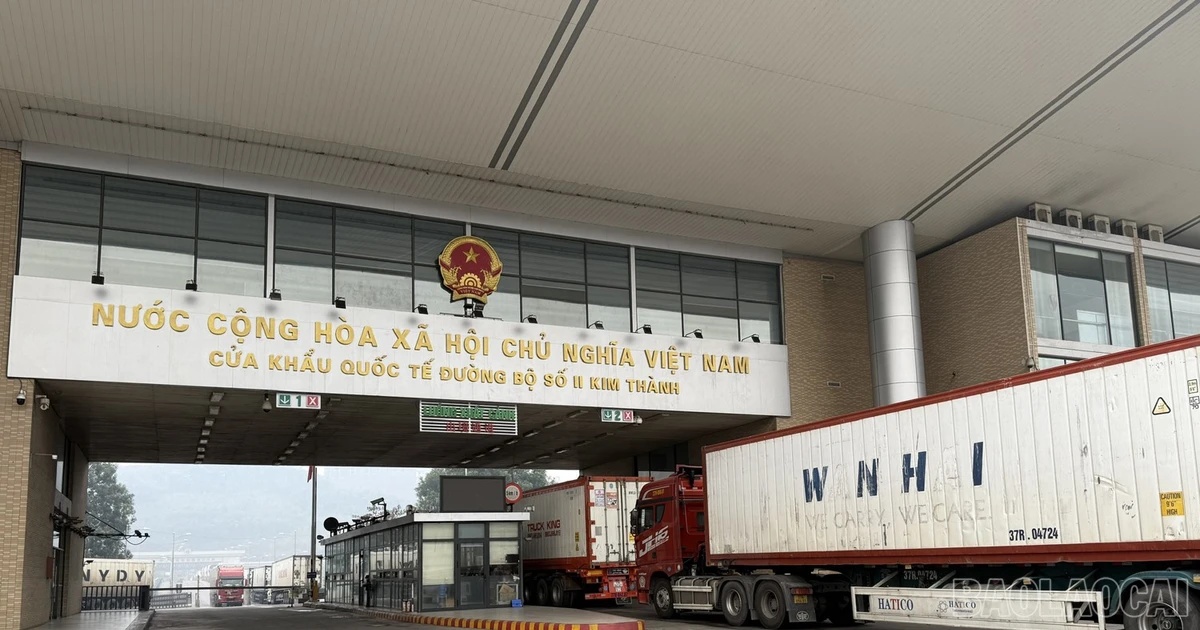













Comment (0)